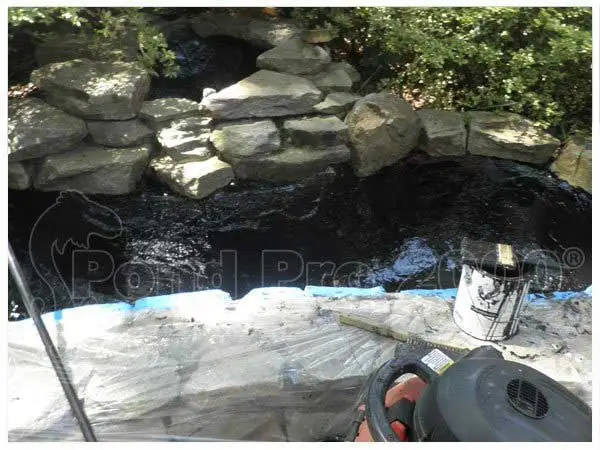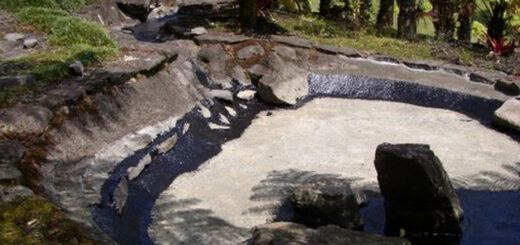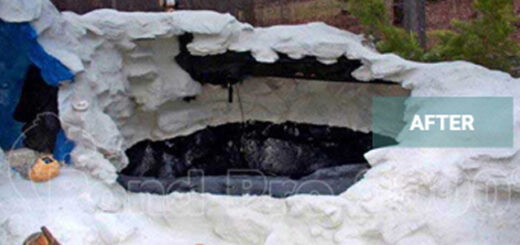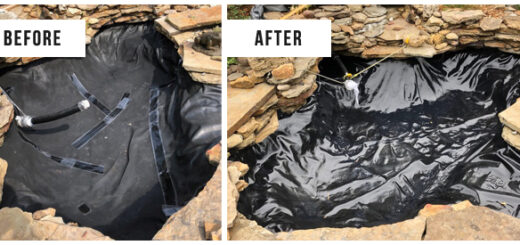How to Identify and Fix Common Pond Leaks
A pond can be a peaceful addition to any landscape, but it can quickly become a frustrating problem when a leak appears. A pond leak doesn’t just waste water; it can also damage your pond’s ecosystem and hit you with unexpected repair costs.
The good news is that identifying and fixing shared pond leaks doesn’t have to be complicated. You can get your pond back to normal and protect it for the long run by following a few simple steps.
How to Spot a Pond Leak
The first step to fixing a pond leak is determining if you have one. Water loss can happen for many reasons—some natural, like evaporation, while others point to a more significant issue. So, how do you know when a pond leak is to blame?
- Check Water Levels: Start by filling your pond to a specific level and marking it. Over the next day or two, check to see how much water is lost. If you notice more water disappearing than expected from evaporation, that’s a sign of a pond leak.
- Examine the Pond’s Surface: Look closely at the pond liner or concrete. If you spot any tears, punctures, or cracks, you might have found the source of the leak.
- Turn Off Water Features: If your pond has features like waterfalls, pumps, or skimmers, turn them off temporarily. If the water stops dropping, the issue might be in the equipment.
- Check the Perimeter: Sometimes, the problem is at the pond’s edges. Water could be seeping out due to shifts in the soil or liner.
Common Causes of Pond Leaks
Once you’ve confirmed you have a pond leak, understanding what’s causing it is the next step. Here are some typical culprits:
- Liner Damage: For ponds with liners, tears or punctures frequently cause leaks. Rocks, tree roots, or even small animals can damage the liner over time.
- Cracks in Concrete: Concrete ponds are challenging but not indestructible. Over time, concrete can crack due to shifts in the ground or weather conditions, causing leaks.
- Plumbing Problems: If your pond has plumbing for pumps or filters, this equipment can also be the source of the leak. Loose fittings or worn-out seals can allow water to escape.
Fixing Common Pond Leaks
Now that you’ve found the leak, it’s time to fix it. The solution depends on the type of pond and the cause of the leak, but here are some common fixes:
- Patch Liner Tears: If your liner is torn, you can use a repair kit to patch the hole. Make sure the area around the tear is clean before applying the patch. You may need to replace the liner for more significant or older leaks.
- Seal Cracked Concrete: Sealing the cracks in concrete ponds is often the best solution. To ensure the repair holds up, use a reliable sealant like PondPro.
- Fix Plumbing Issues: Check all plumbing connections and replace damaged parts. In some cases, pumps or other equipment may need to be replaced entirely to stop the leak.
- Reinforce the Edges: If the leak is at the pond’s edge, adjust the liner and use stones or other materials to prevent water from escaping over the sides.
Final Thoughts
While a pond leak can be a hassle, it mustn’t be a disaster. You can keep your pond in excellent condition for years by identifying and fixing common leaks. Regarding sealing leaks in concrete ponds, PondPro offers a trusted solution that ensures your pond stays water-tight and healthy.







